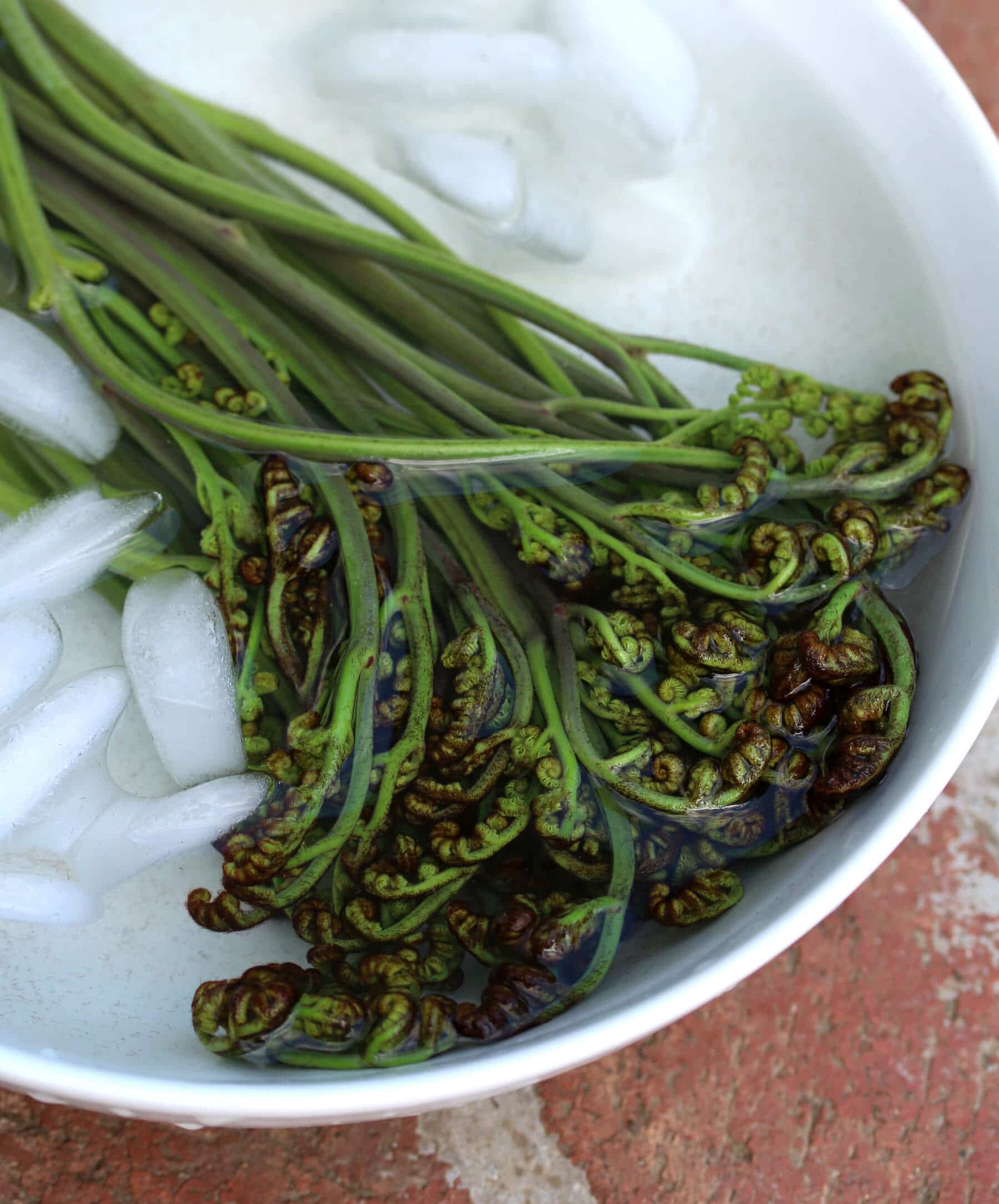
The bracken fern: It tastes like asparagus and almonds you can pick it wild on hillsides, open pastures, burned-over areas, in woodlands and other shaded places. It’s pretty much everywhere!
The young immature fronds of bracken ferns are known as fiddleheads and were widely consumed by Native Americans in the U.S. for centuries as well as in other regions of the world. They are still consumed by millions throughout the world today, are considered more of a delicacy in the U.S.now, but are very popular and commonly in Japan and Korea.
Bracken ferns are thought to have the widest distribution of any fern in the world, are most prolific herbaceous plant in North America, with the exception of Antarctica, are found on every continent and in every environment except for deserts. They’re also one of the oldest ferns in the world with fossil records going back 55 million years.

Bracken has large, triangular-shaped fronds and is the only fern with side branches. It’s bright green in the Spring and then in late Summer the leaves turn golden and then brown. The fern never completely dies but remains in this “dead stage” through the winter and then new shoots come up the next Spring where the old growth is.
You can identify these new young edible shoots as single un-branched stalks with fronds coming off the stem at intervals. The very top, the fiddlehead, is curled up and will gradually unroll as it grows.
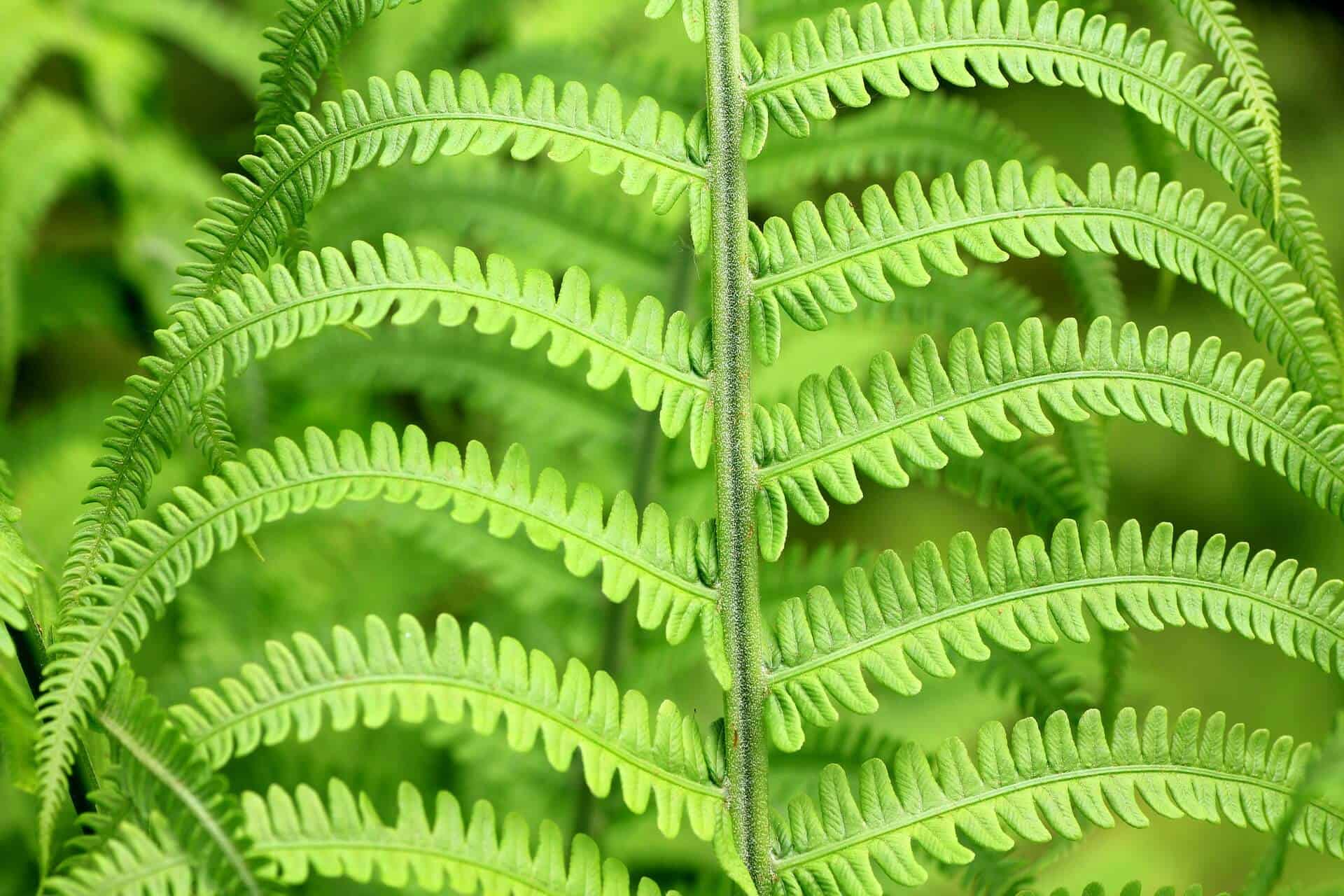
Though foraged and eaten for centuries by billions of people, bracken ferns have been the subject of debate. Bracken ferns are poisonous to many animals and contain ptalquiloside, a carcinogen. You’ll find references everyone online with statements that you shouldn’t eat it. The truth is that ptalquiloside is both water-soluble and is destroyed in heat and alkaline conditions (see United States Forest Service and The Atlantic). So sautéed or pickled, and eaten in moderation, you can safely enjoy these fiddleheads.
Bracken fern are also a good source of antioxidants, vitamins (especially vitamin A and carotenes), electrolytes, omega-3 and omega-6 essential fatty acids, and minerals (especially potassium, iron, manganese and copper).
And, they’re delicious and fun to forage! Let me show you how.
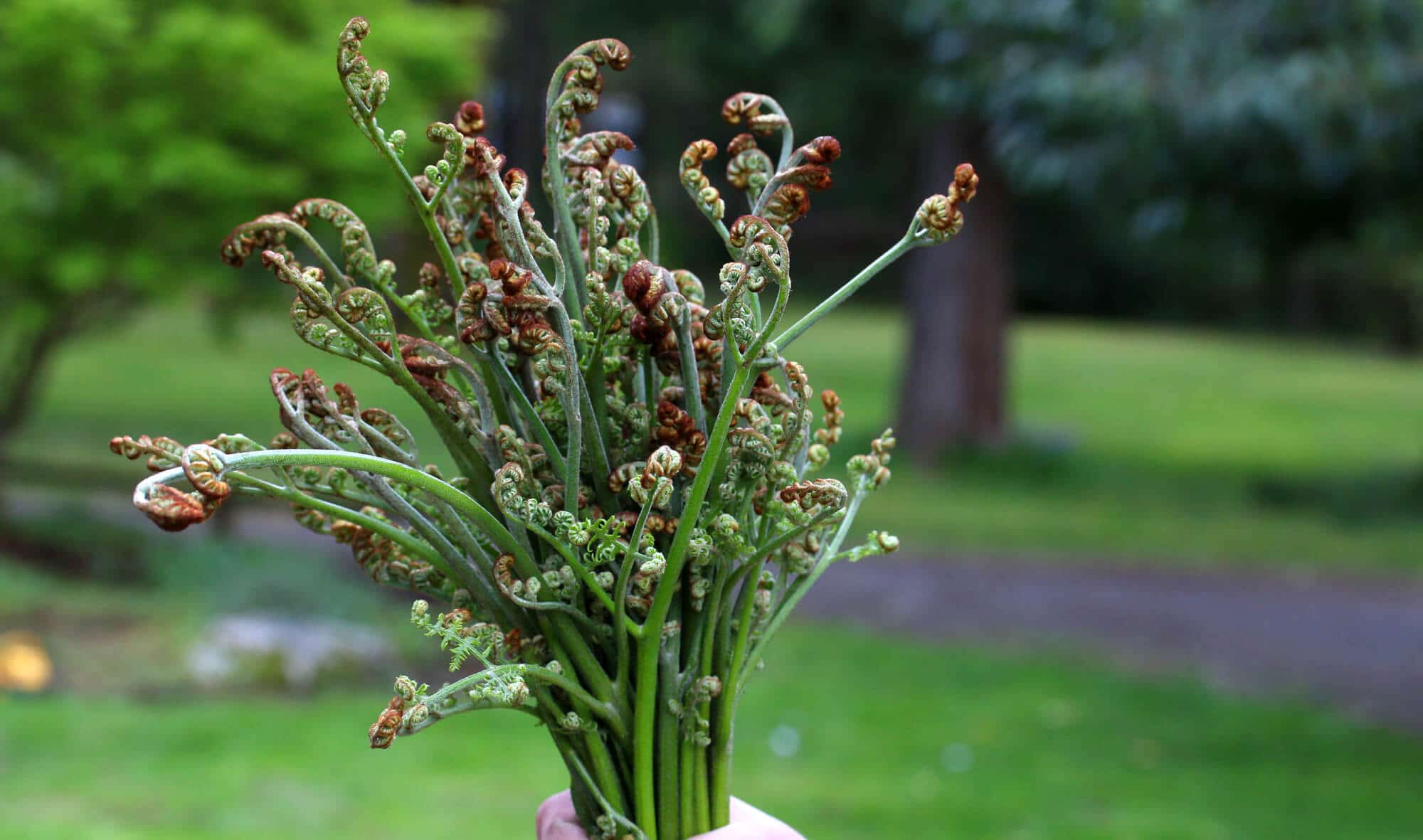
Our Spring so far has been gorgeous here in western Washington! We’ve been outside almost every day doing a variety of activities. For one, we’ve been busy prepping the huge vegetable garden on our historic 8 acres. With our kids we’ve also been spending time at the beach, discovering ant hills on our property (much to our kids’ delight), hiking in the local forests, and…foraging for wild edibles.
We’ve been hiking around with our medicinal and general plant identification books and our kids have been having a blast learning how to identify and forage nature’s bounty.
One of the books we like and highly recommend for those of you in the Pacific Northwest is Pacific Northwest Foraging. (You can also find books for other regions as well as edible plants across all of North America and Britain and Europe.)
It contains large color photos of the plants from various angles to help you identify them, discusses their features, flavors, when to pick them and how to prepare them. It’s a handy guide, user-friendly and the color pictures make it easy to reference and fun for kids to use.
We’ve been foraging away with our kids, eating some things fresh and drying others for long-term use.
Right now is bracken fern season – come join us for the hunt!
We equipped our kids with our plant identification book and let them lead the way in finding them.
They had a blast playing “plant detective” and were soon on their way!
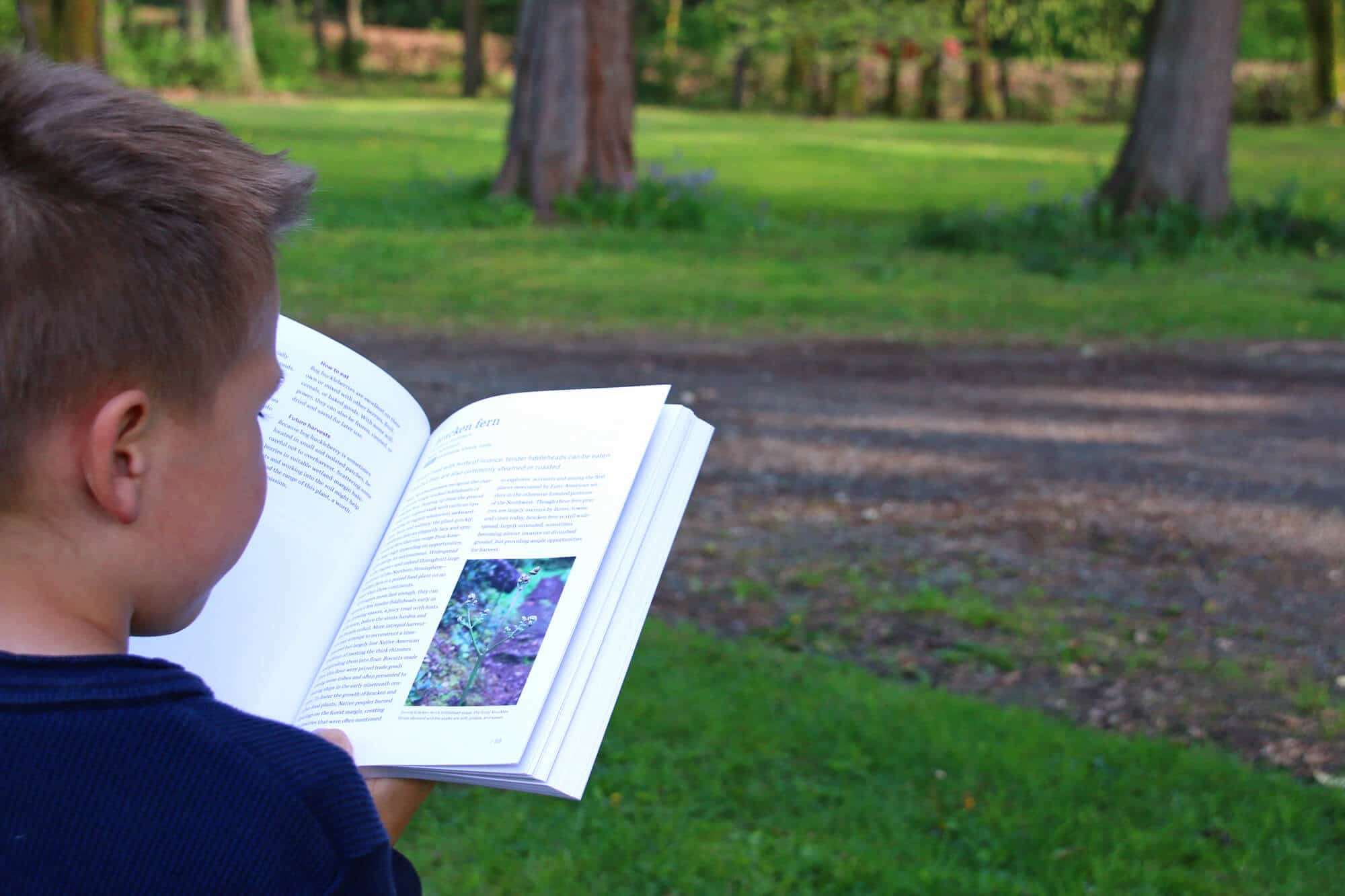

We explored our property looking for bracken ferns.
A couple of days later we went hiking in the forest and found more there as well.
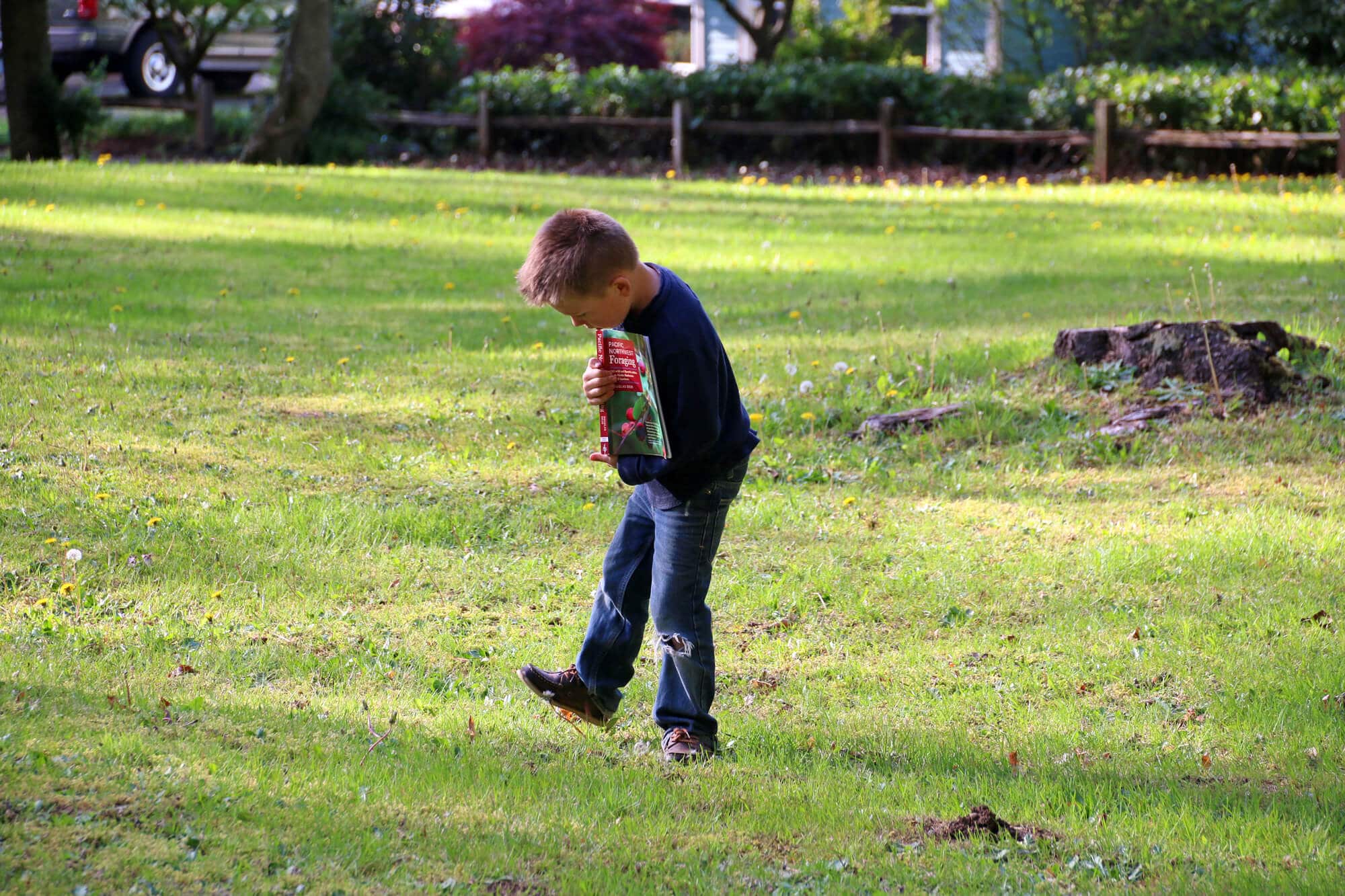
Turn around, they’re right behind you….
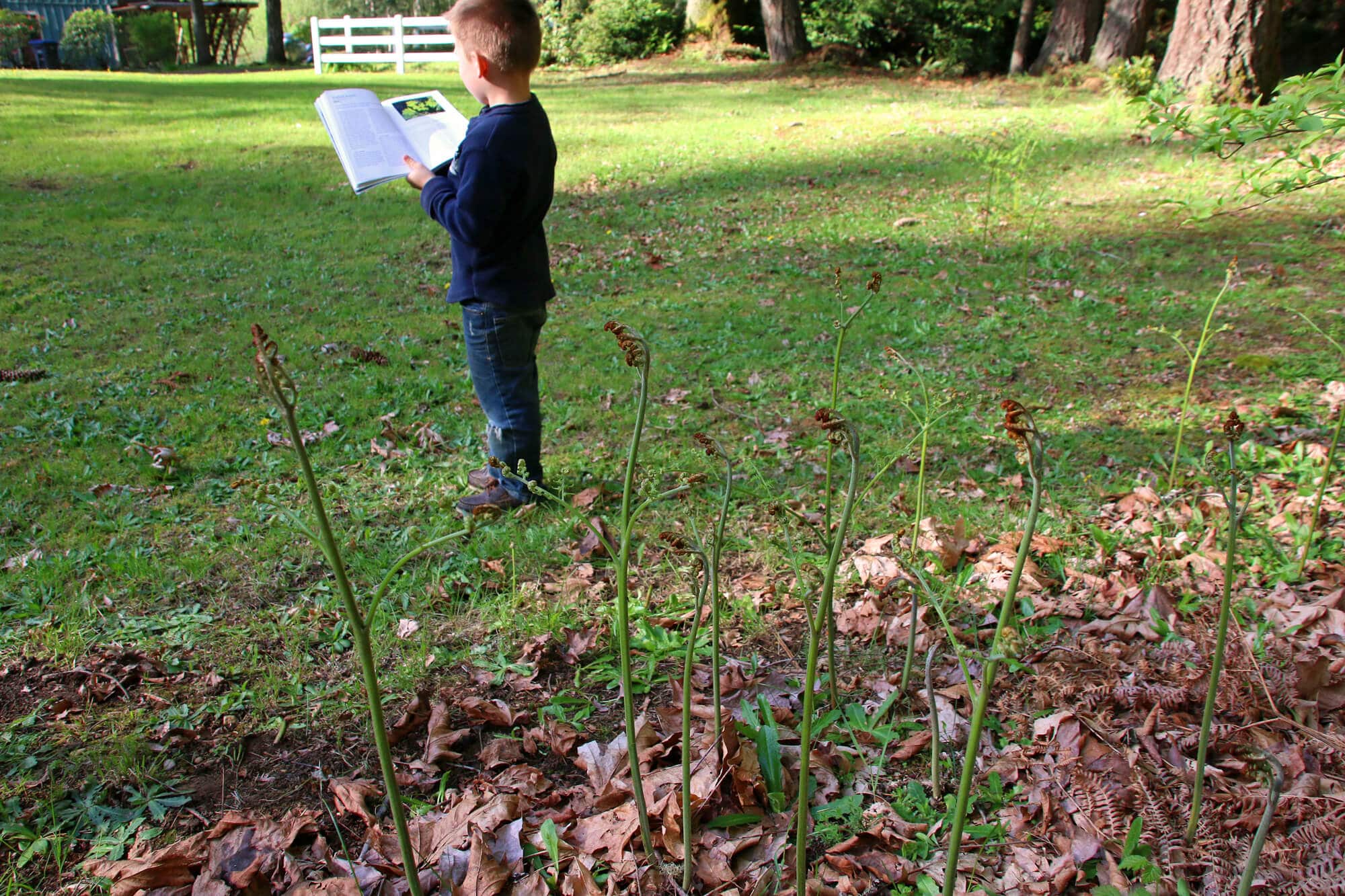
Pssst, they’re right in front of you….
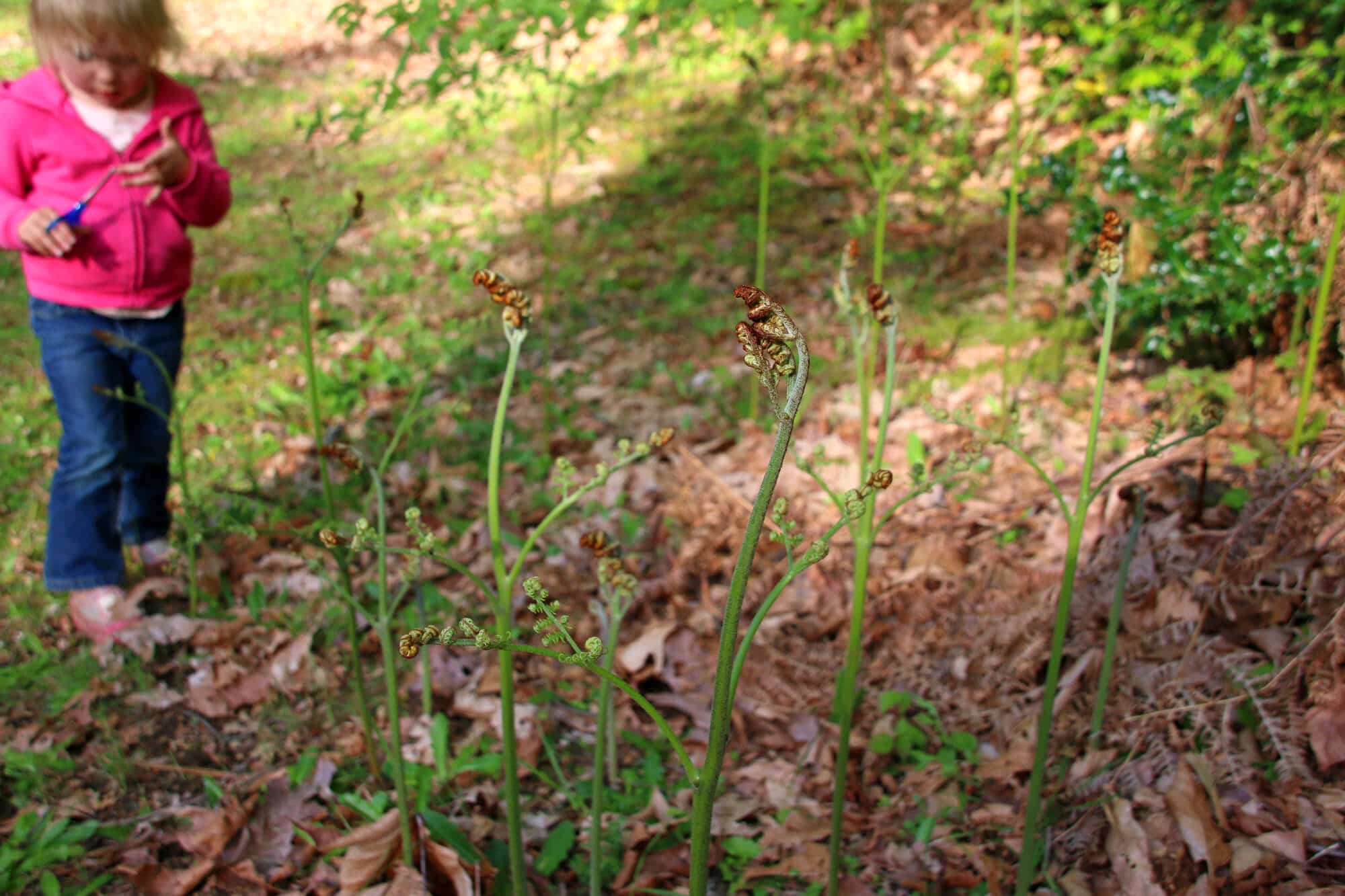
There they are!!
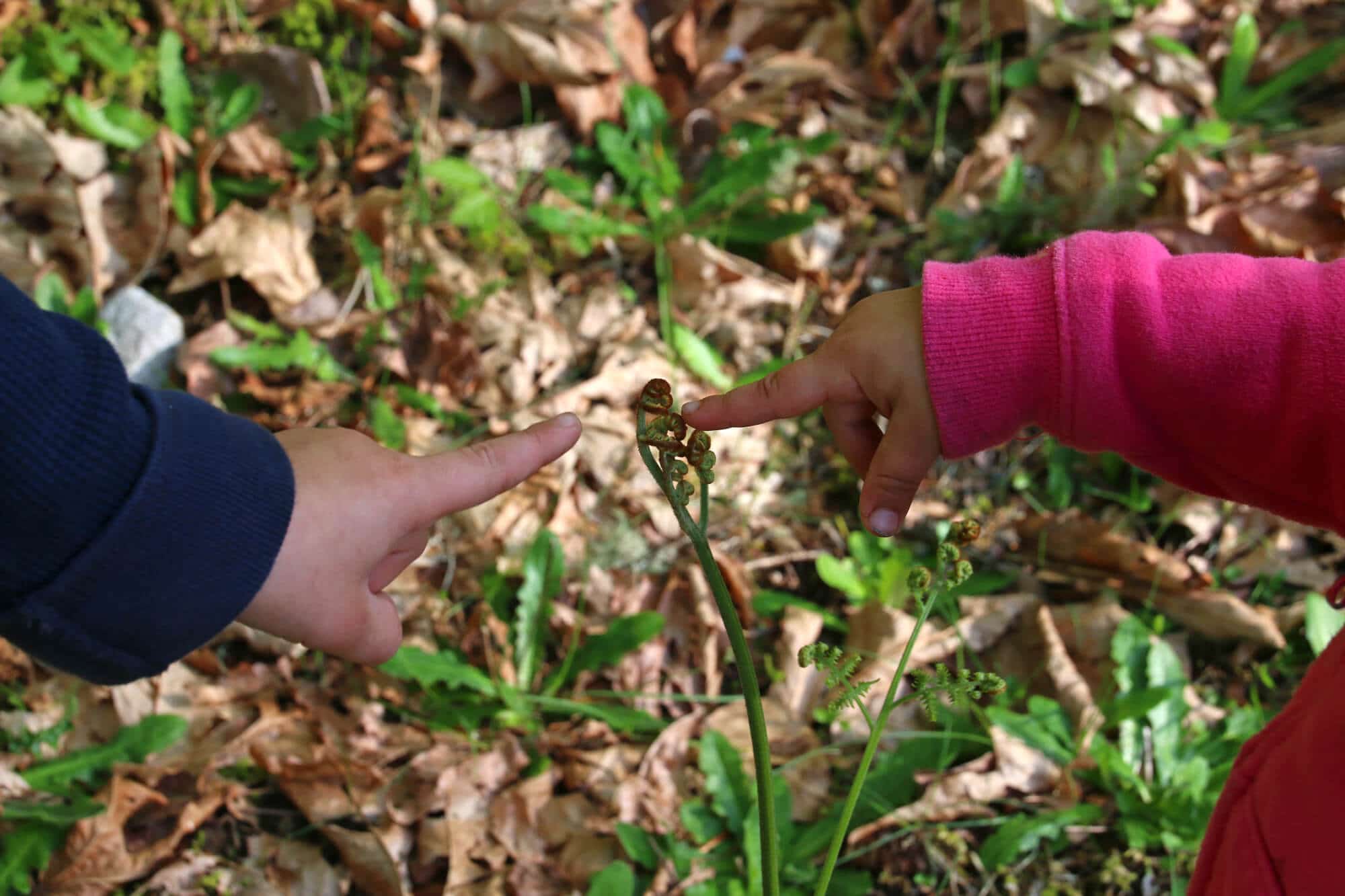
Bracken ferns need to be harvested while they’re young and immature, while their fronds are still curled up.
They’re hard to miss with their tall straight stems and curly fronds on the top.
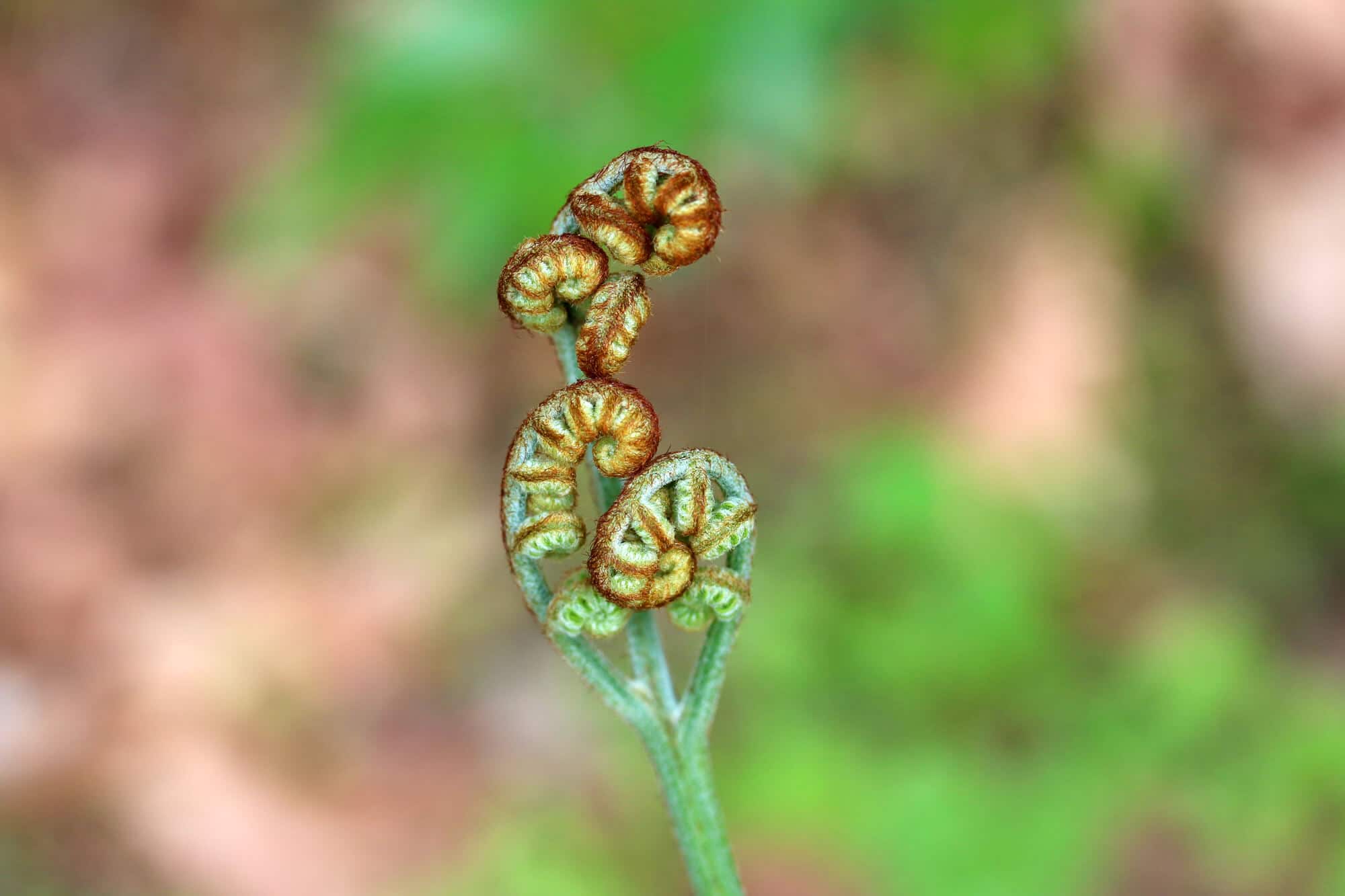
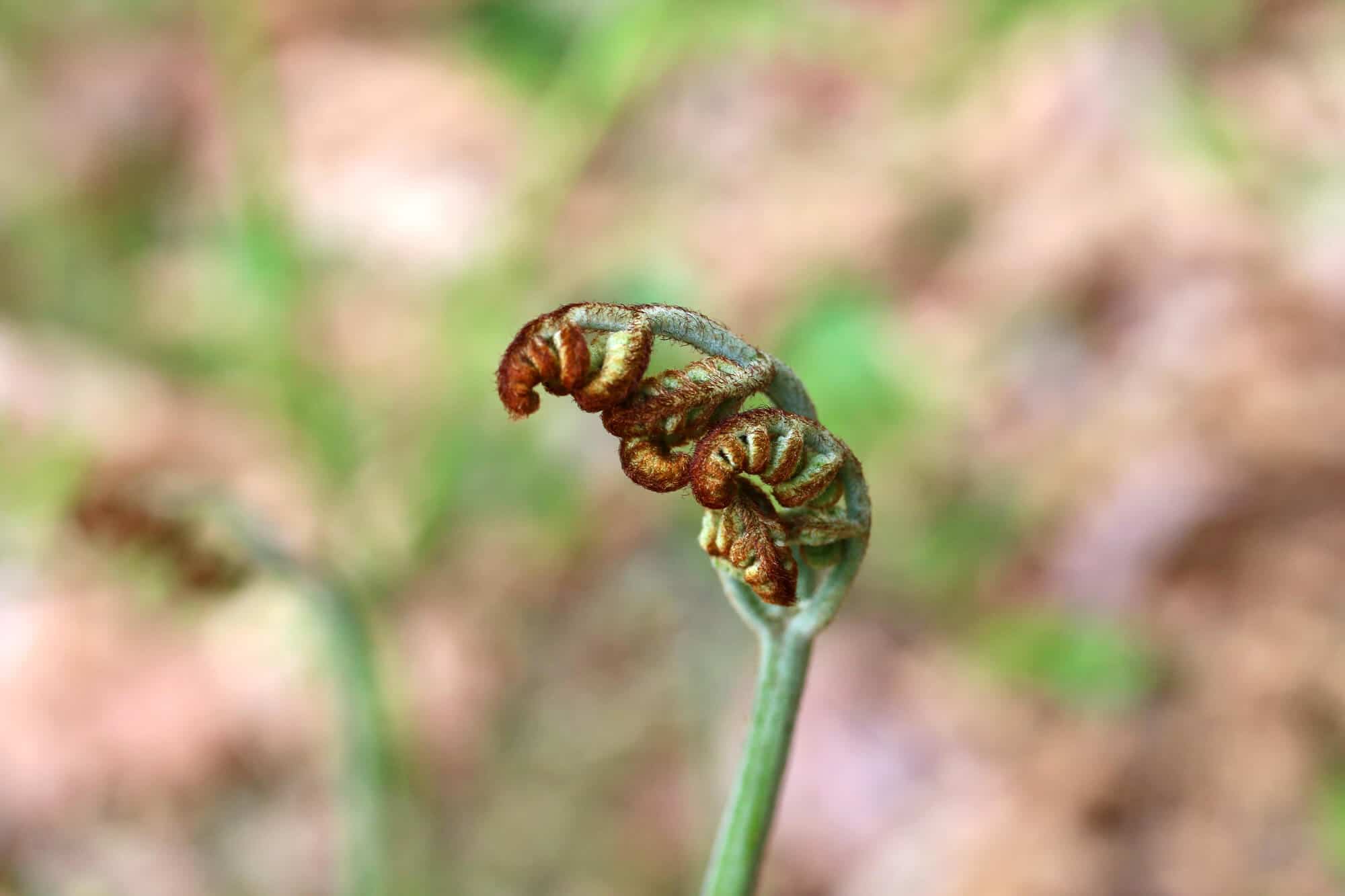
Depending on the height of the stalks, you’ll pick them about 5 inches or higher above the ground (for tall ones) or as little as an inch from the ground if they’re short.
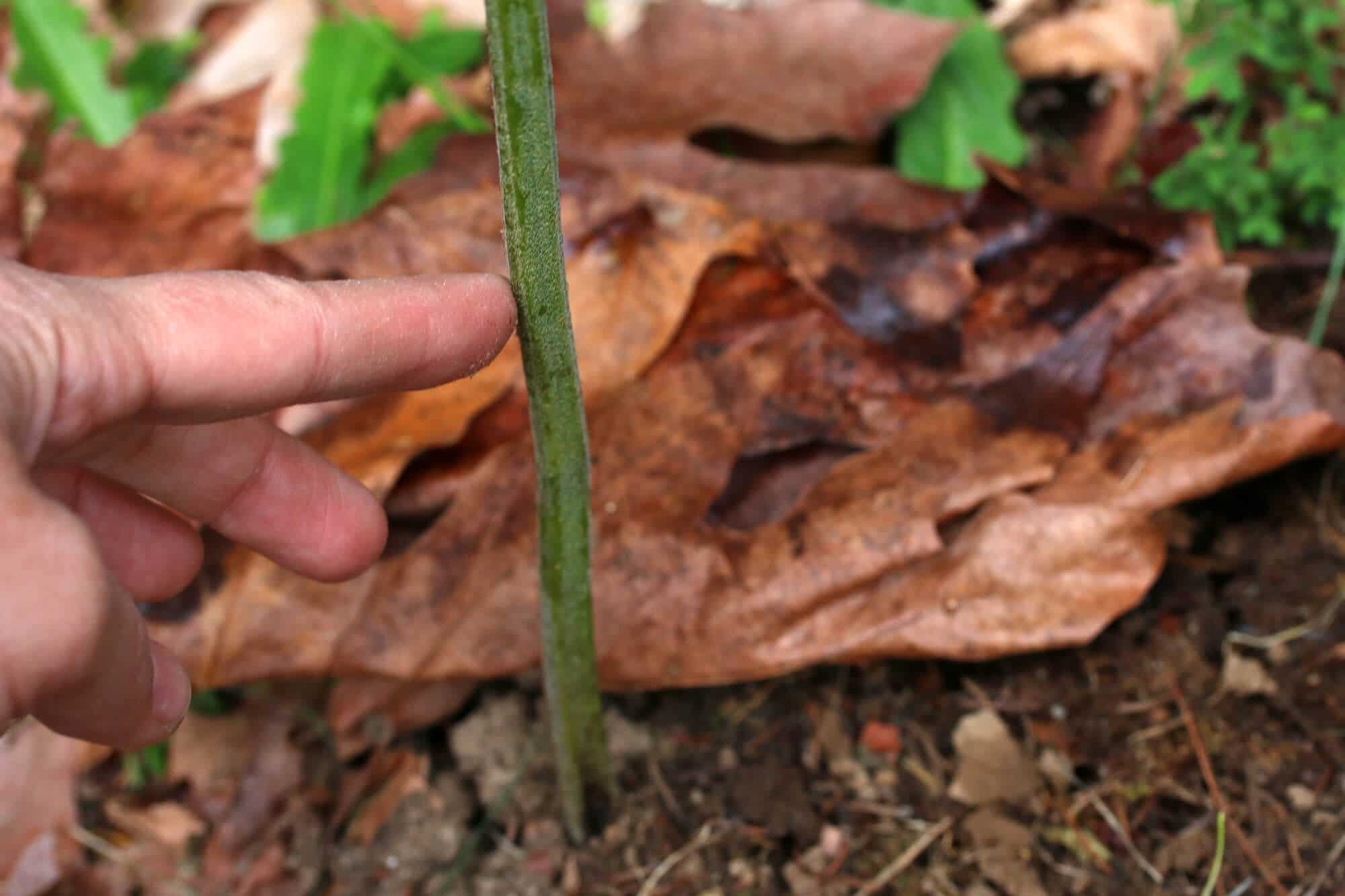
You’ll be able to tell where to pick them based on how they break.
If they bend and don’t readily snap you’ll know to pick them higher up.
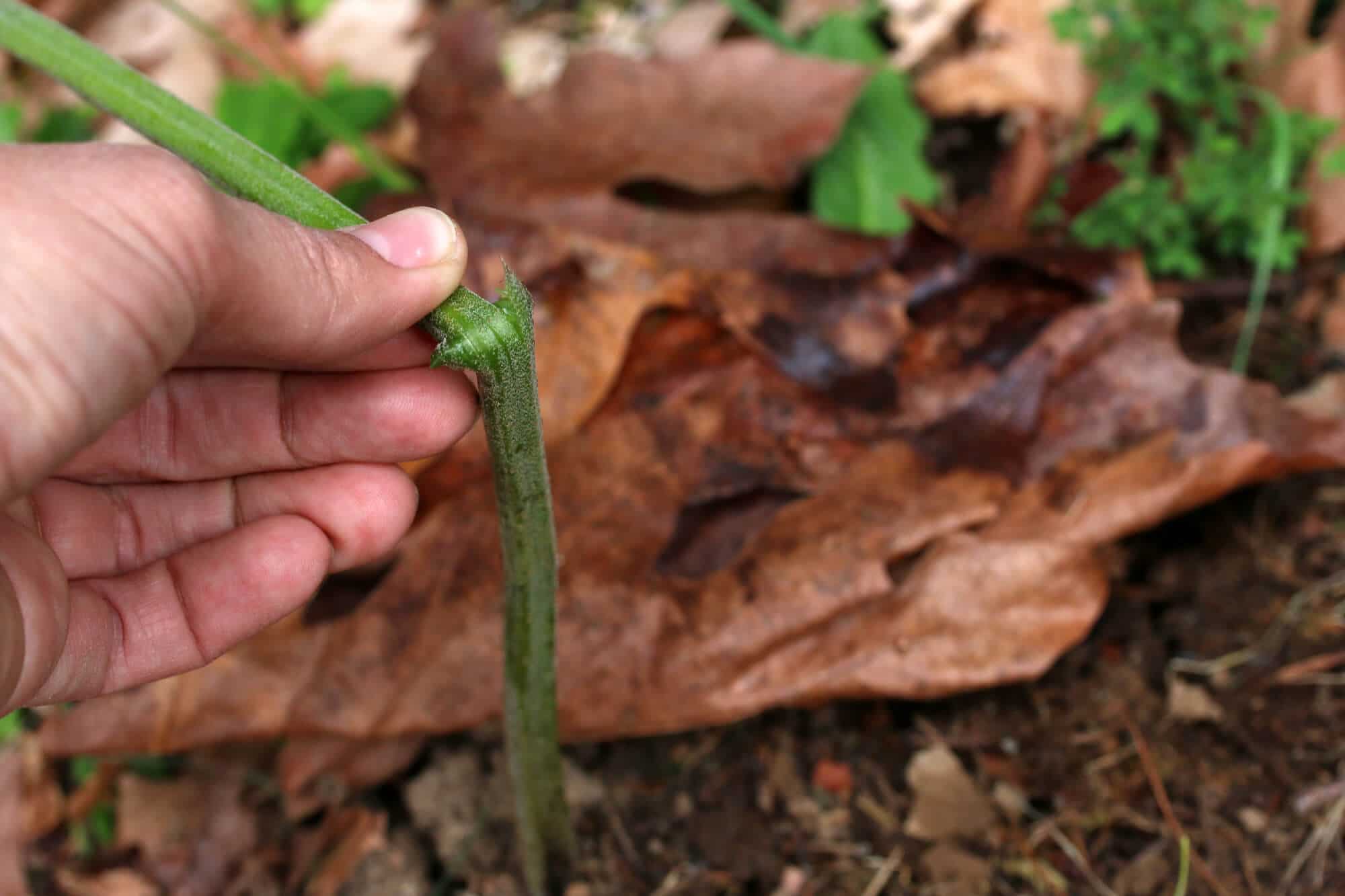
Another two inches higher on this one….it will give a very audible “snap” with a clean break, like tender asparagus.
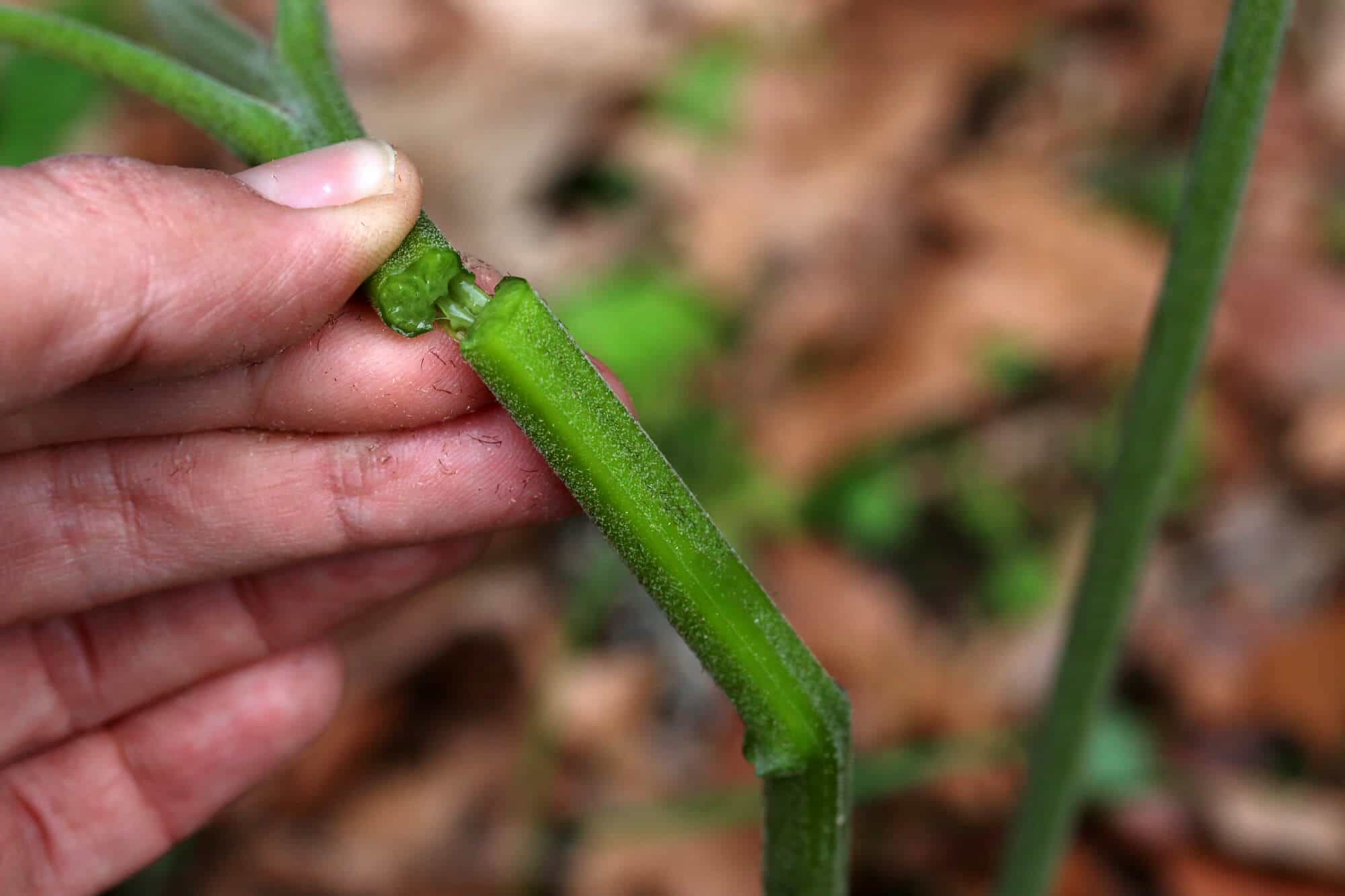
We foraged a good batch of them to take back to the kitchen.

And bracken ferns weren’t the only thing our kids found!
A garter snake may be harmless but still….YIKES!!!
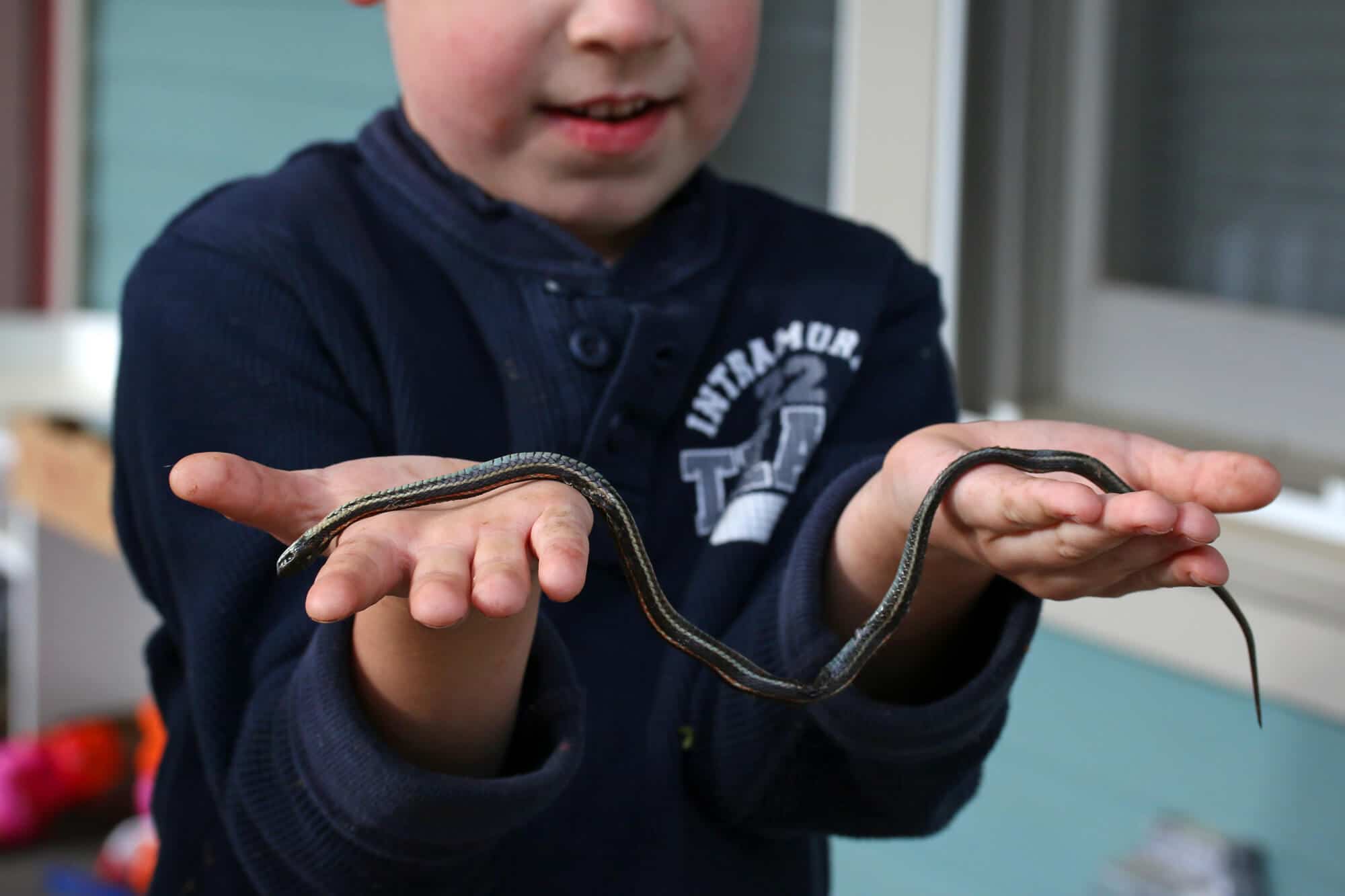
Our proud little foragers with their first trophies of the season!
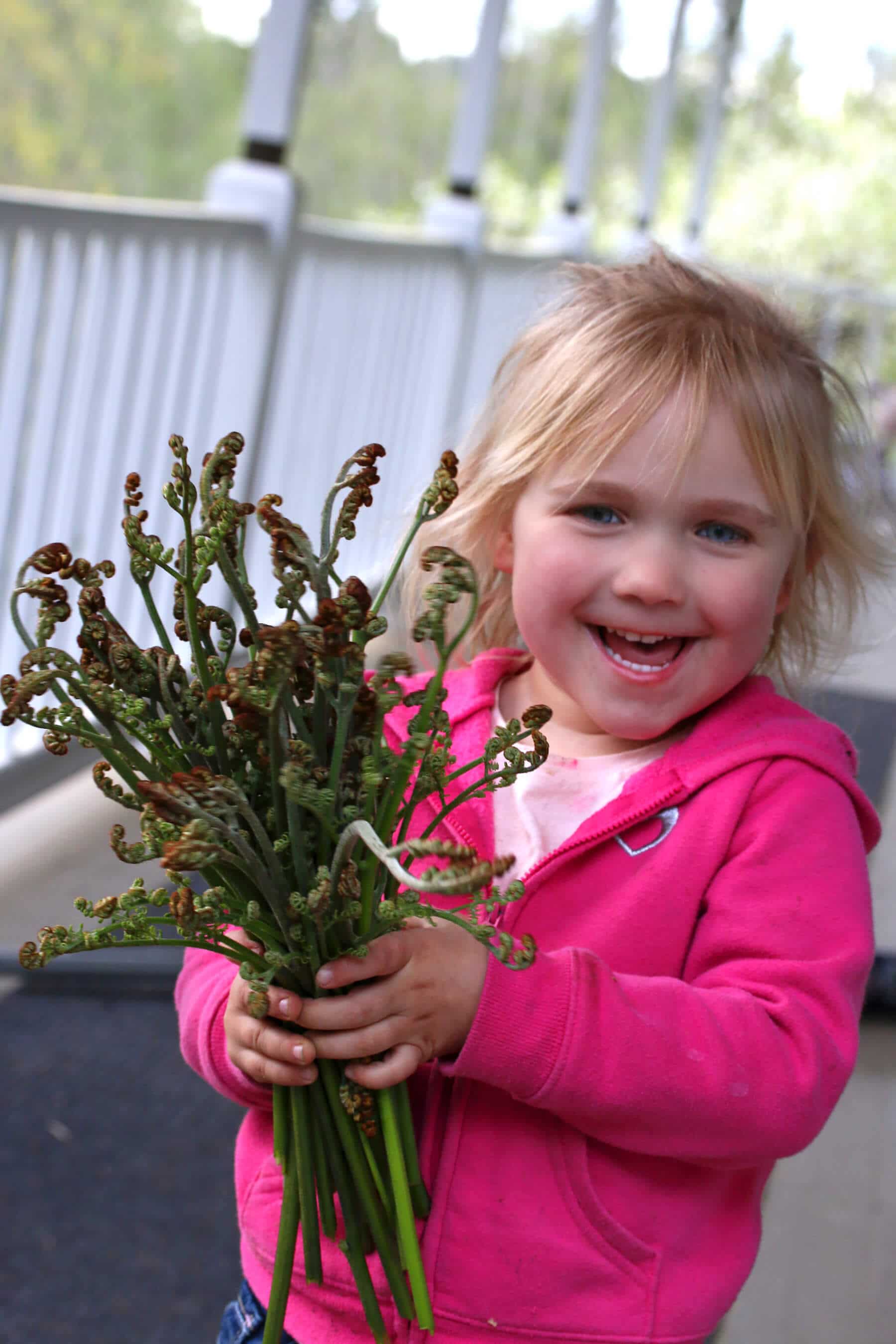
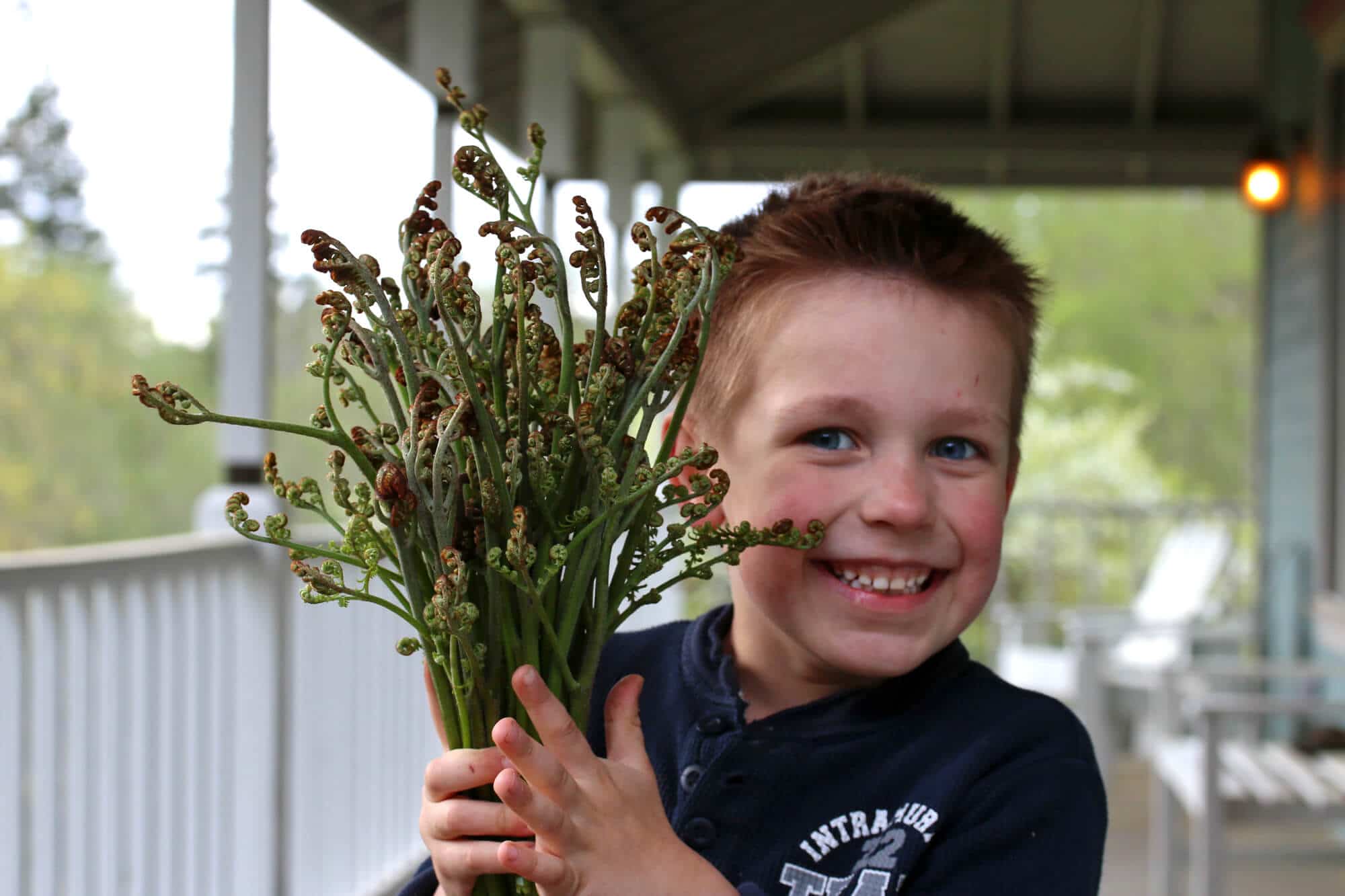
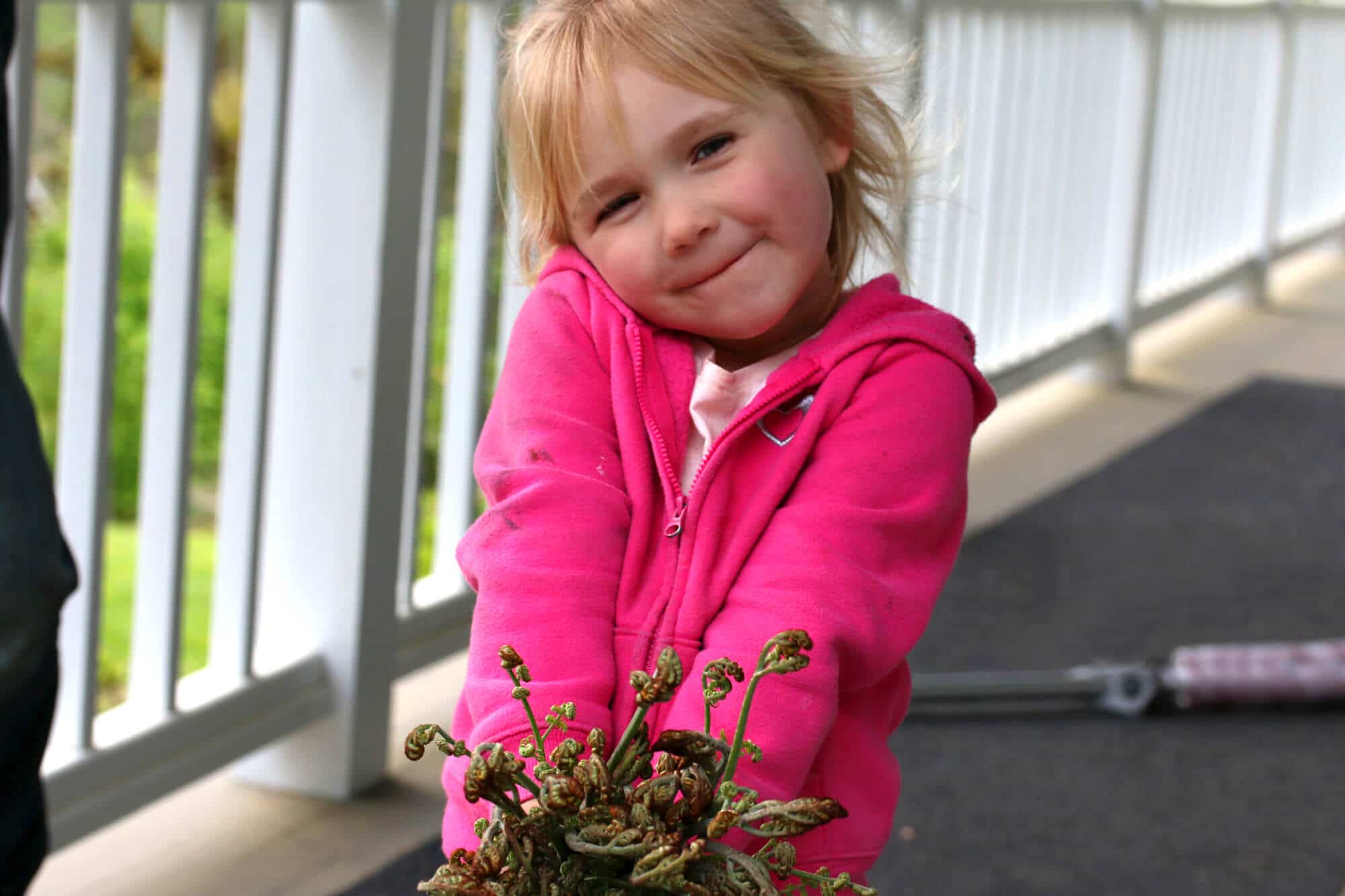
Bracken fern stems are covered with soft tiny hairs that will easily come off when you rub your fingers across them and they’ll come off when they’re boiled as well. They’re harmless.
One of the best ways to prepare bracken ferns is to blanch and then sauté them.
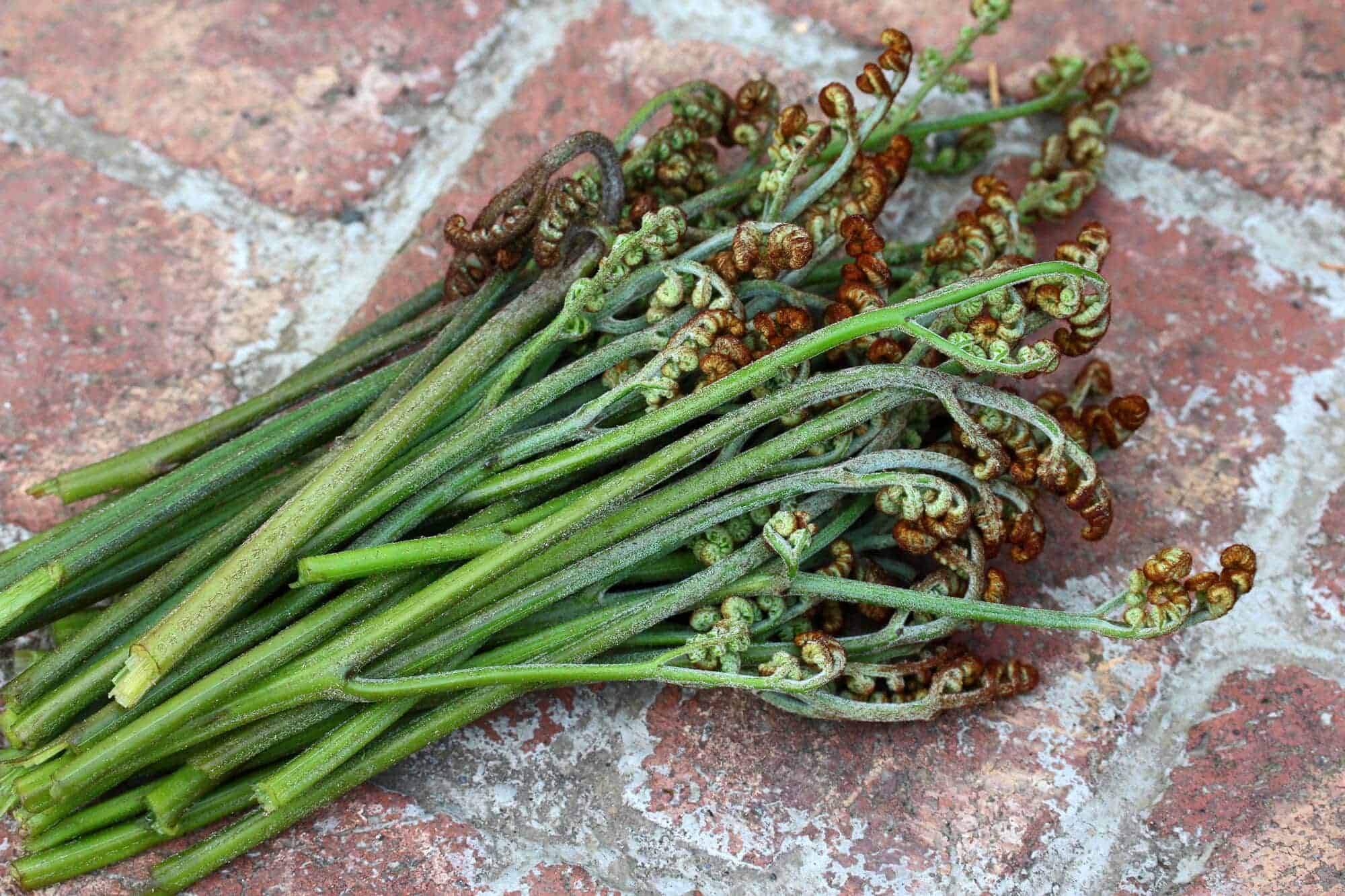
Get a bowl of ice water ready.
Add some salt to a pot of water and get it boiling.
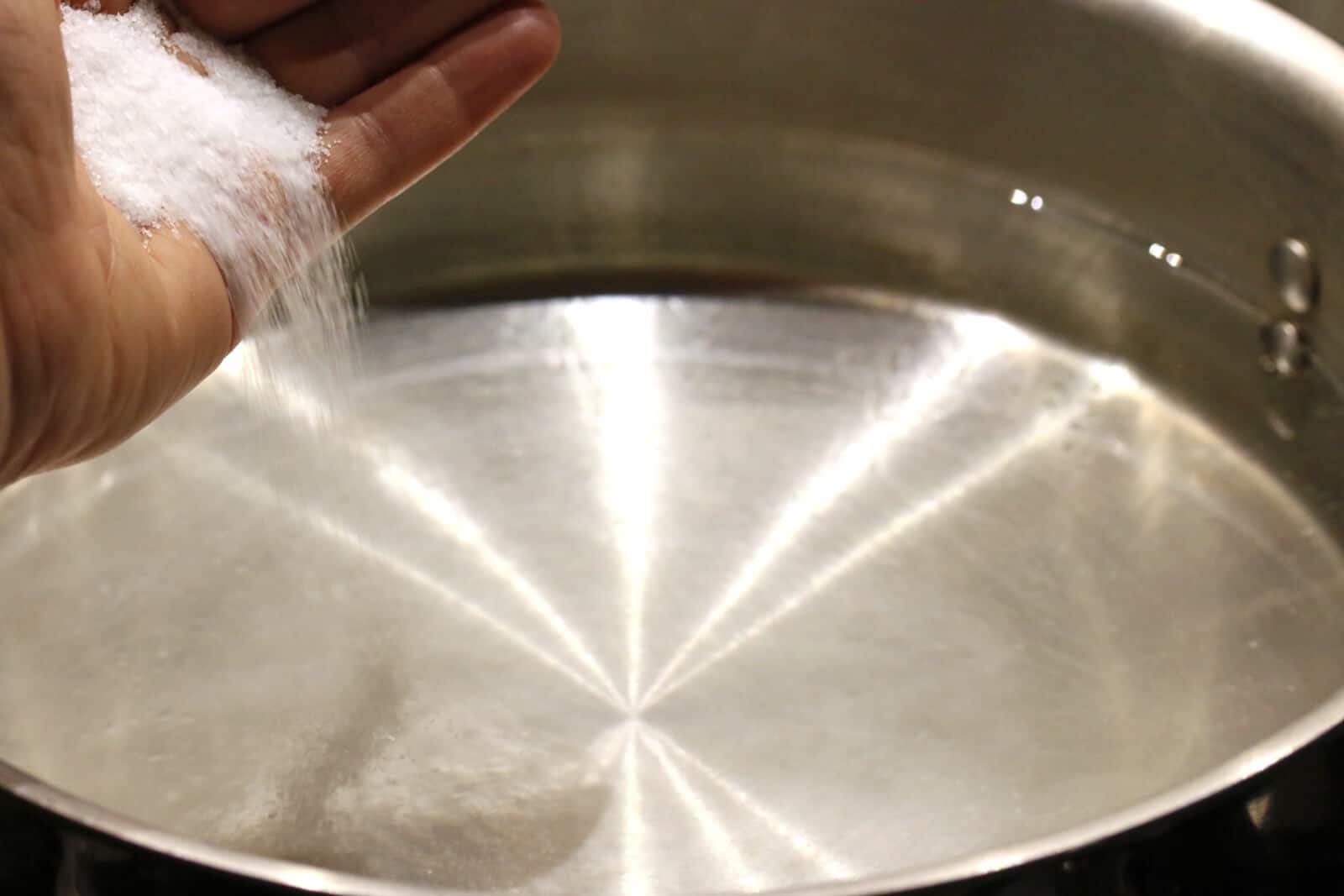
Wash the ferns, drain them, and the drop them in boiling water for 2-3 minutes to blanch them.
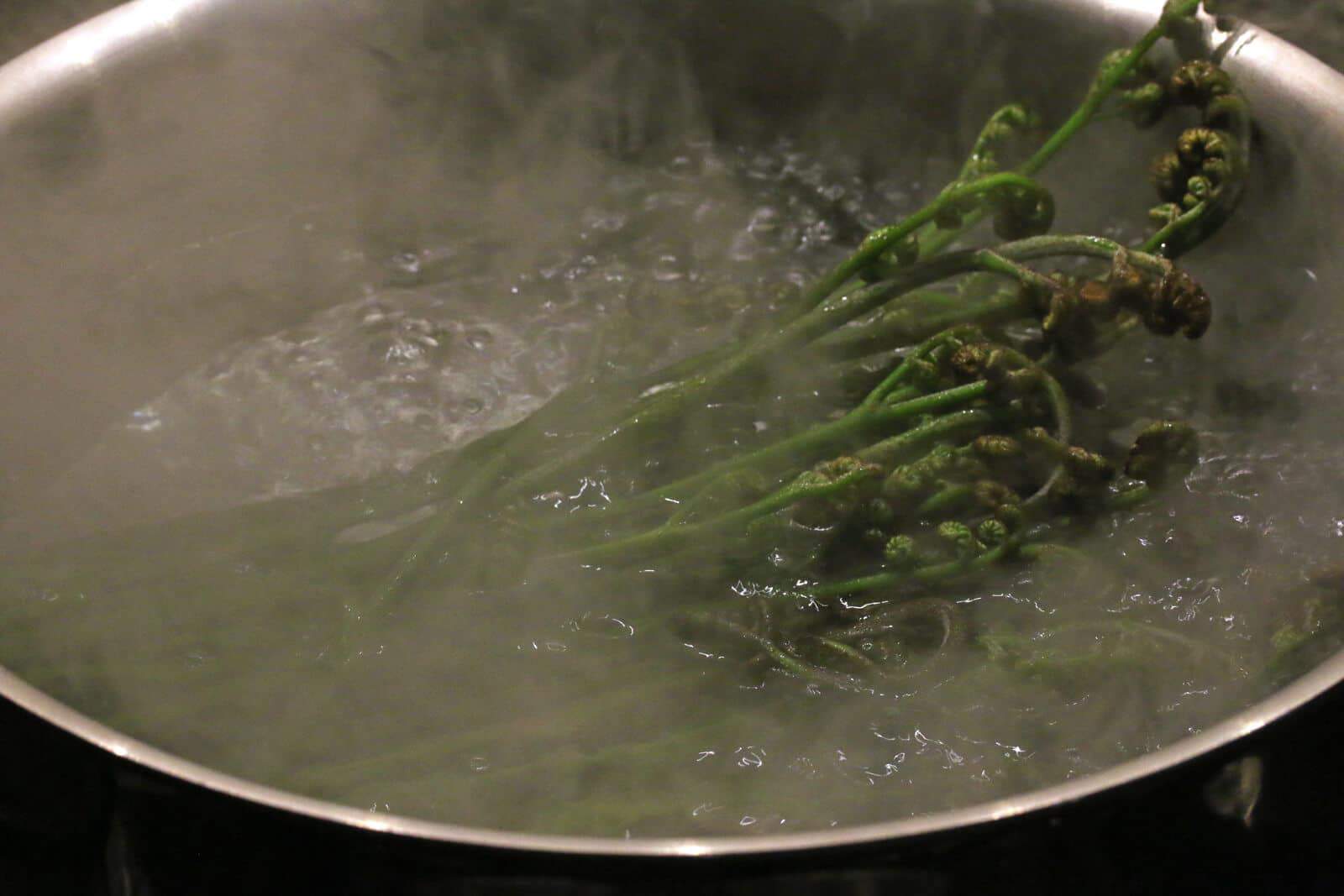
Immediately place them in the ice water to cool down.
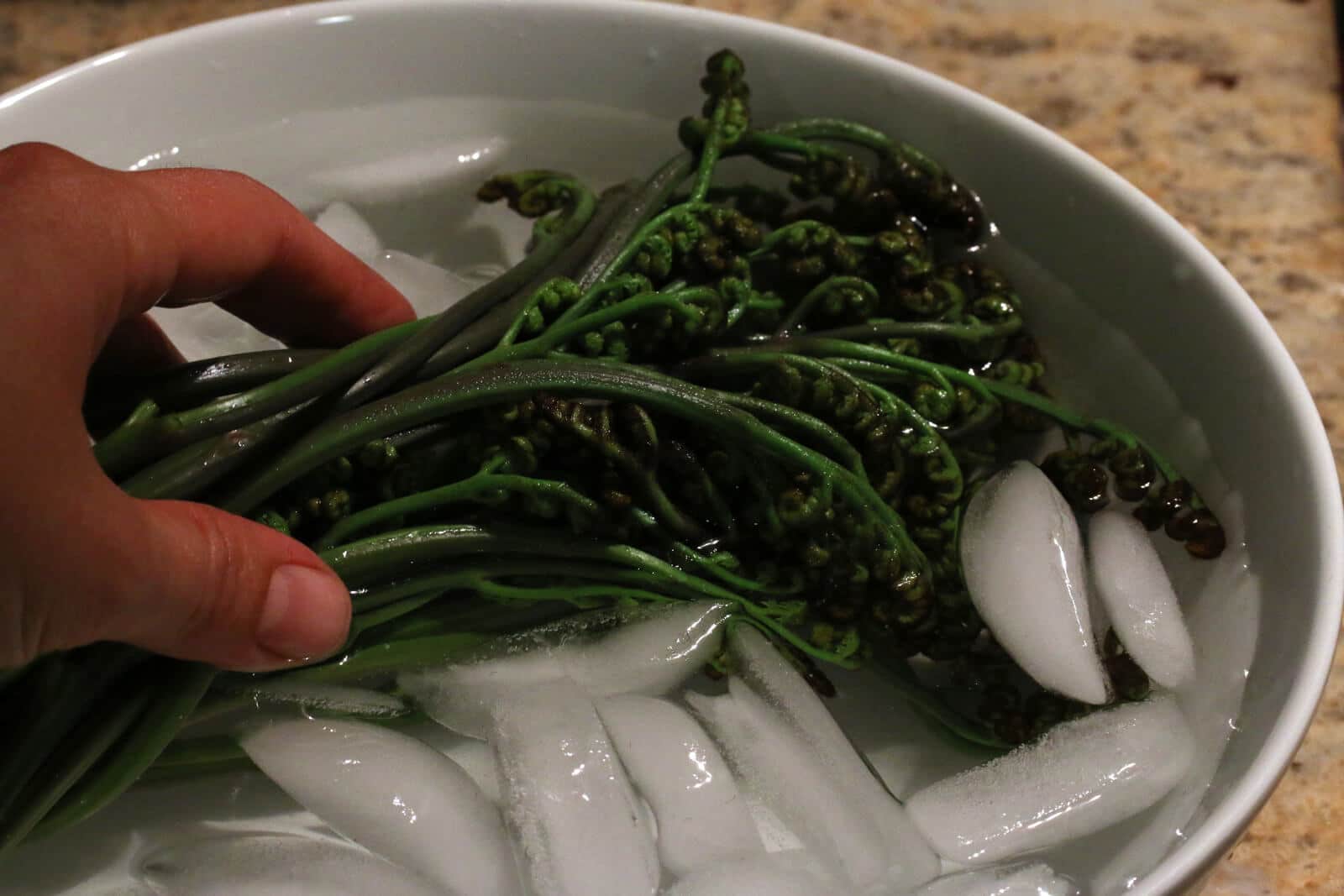
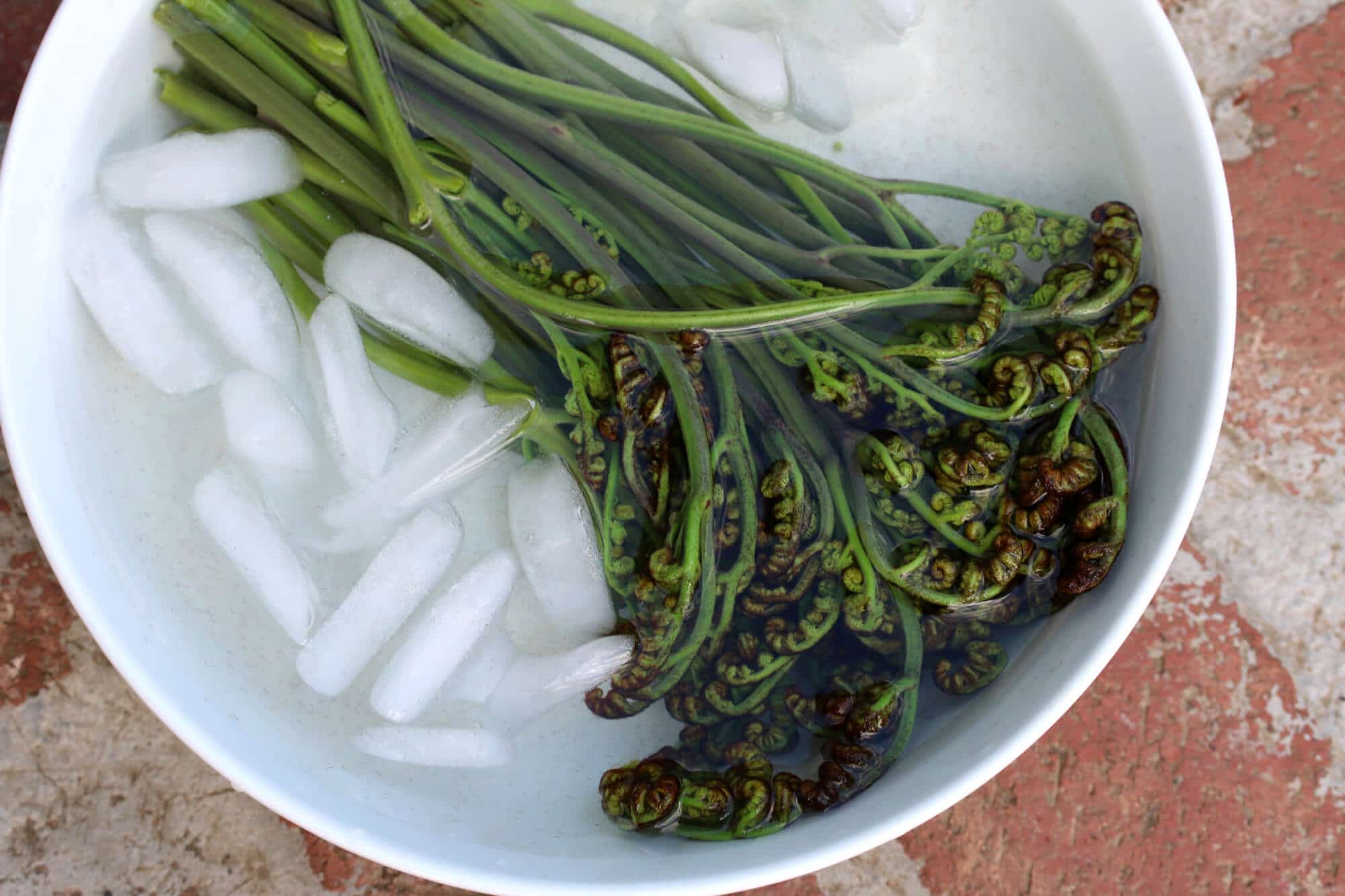
And now we’re going to sauté them in butter.
I’m also going to add a few fresh herbs from our garden.
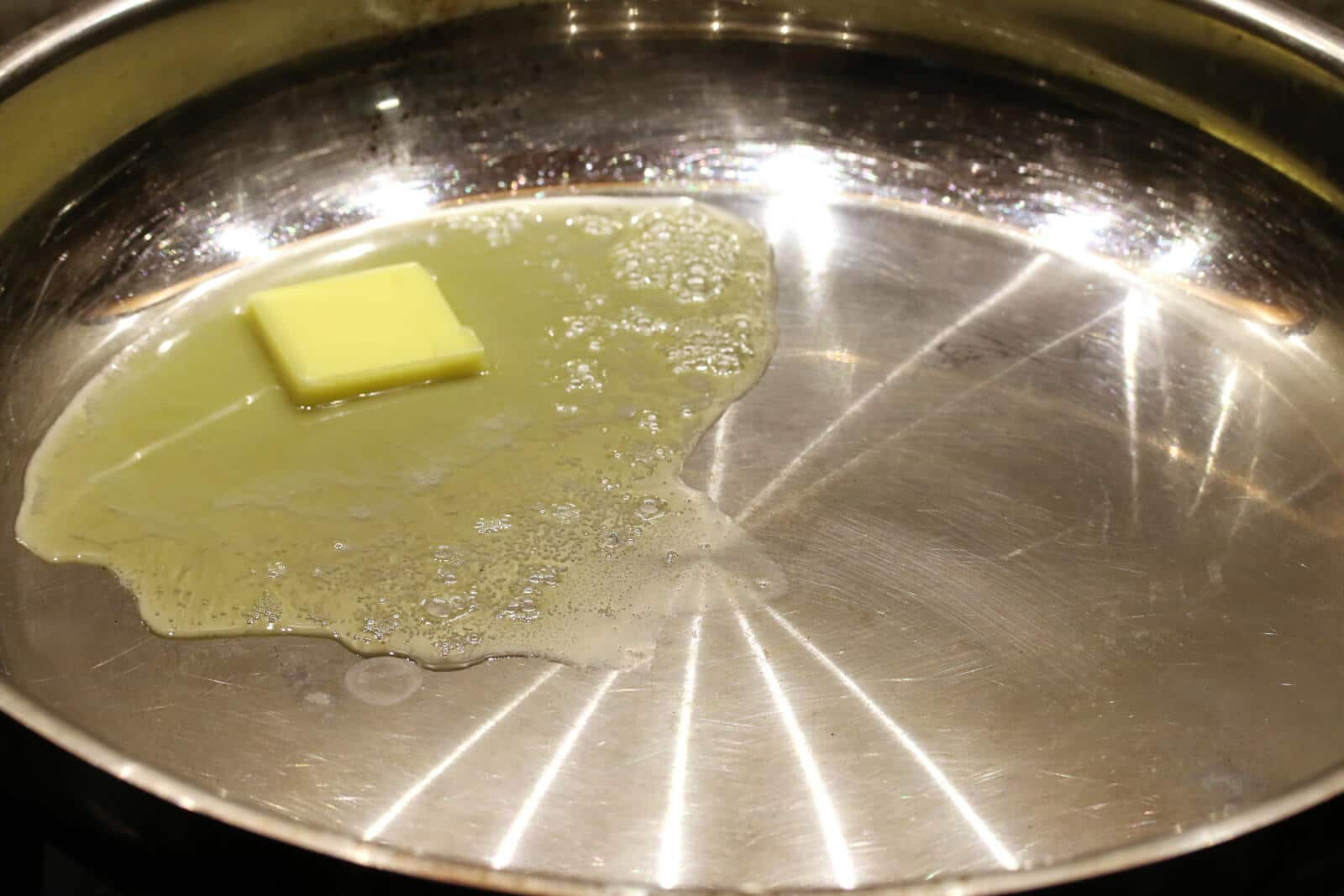
Sauté them for 2-3 minutes. You don’t want to overcook them. Like asparagus you want them to be crisp-tender.
Add a little more salt and a grind or two of pepper.
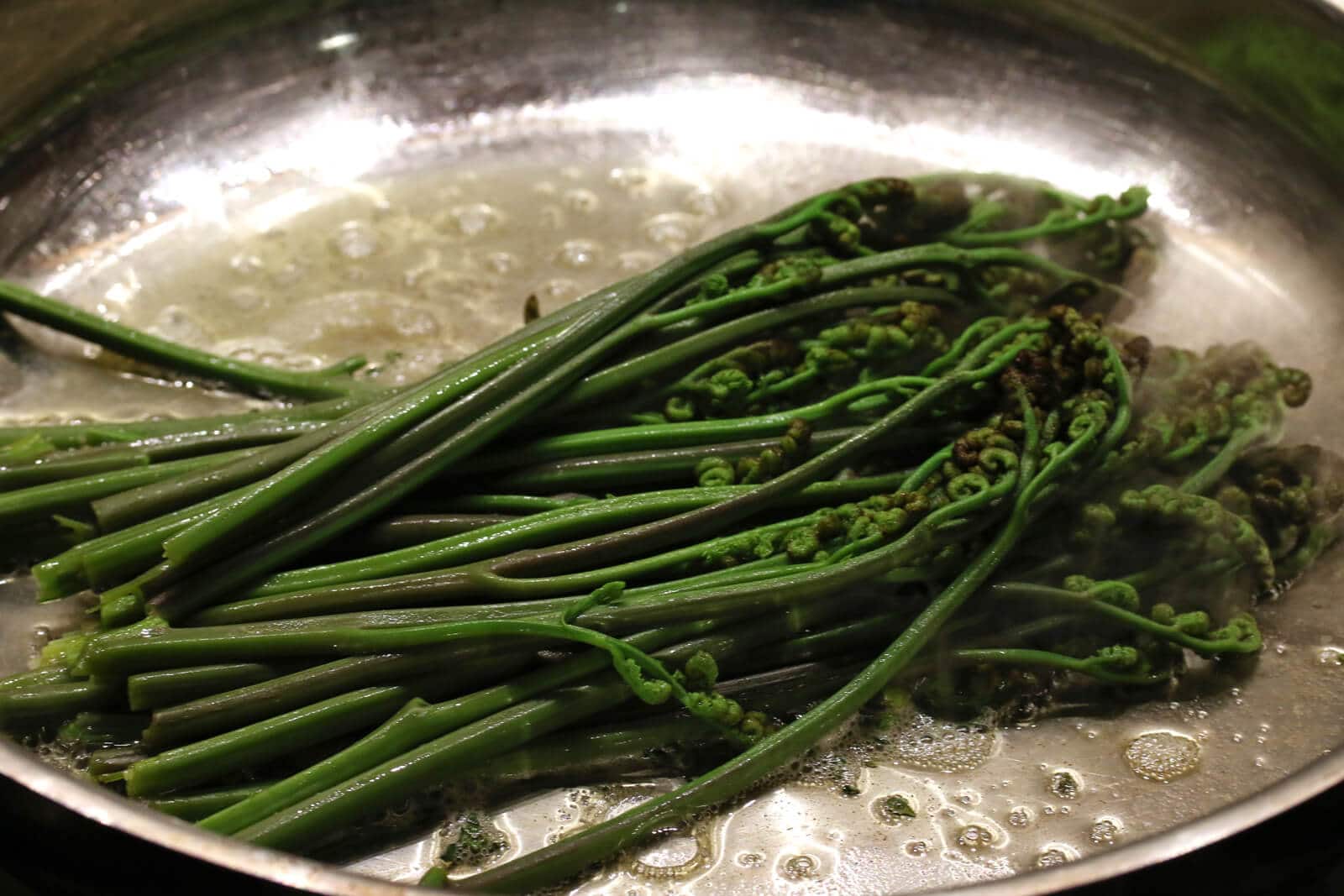
Serve immediately.
One of nature’s delicious bounties! 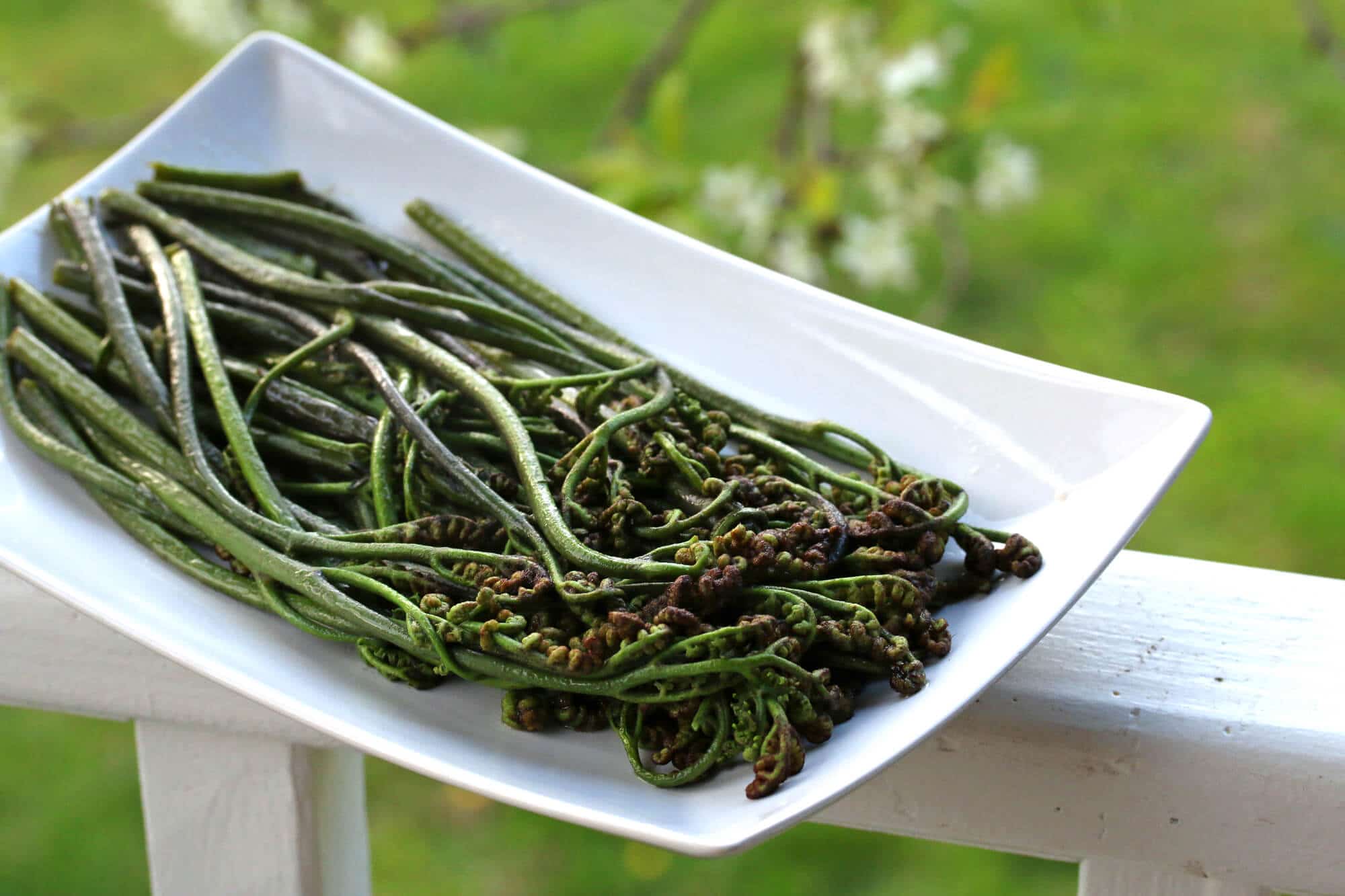
The next time you’re out enjoying nature take a look around you and there’s a good chance you’ll find some fiddleheads. Snap a few off and take them home with you try. You’re going to be pleasantly surprised!
See you next time for another installment our Wild Foraging series!
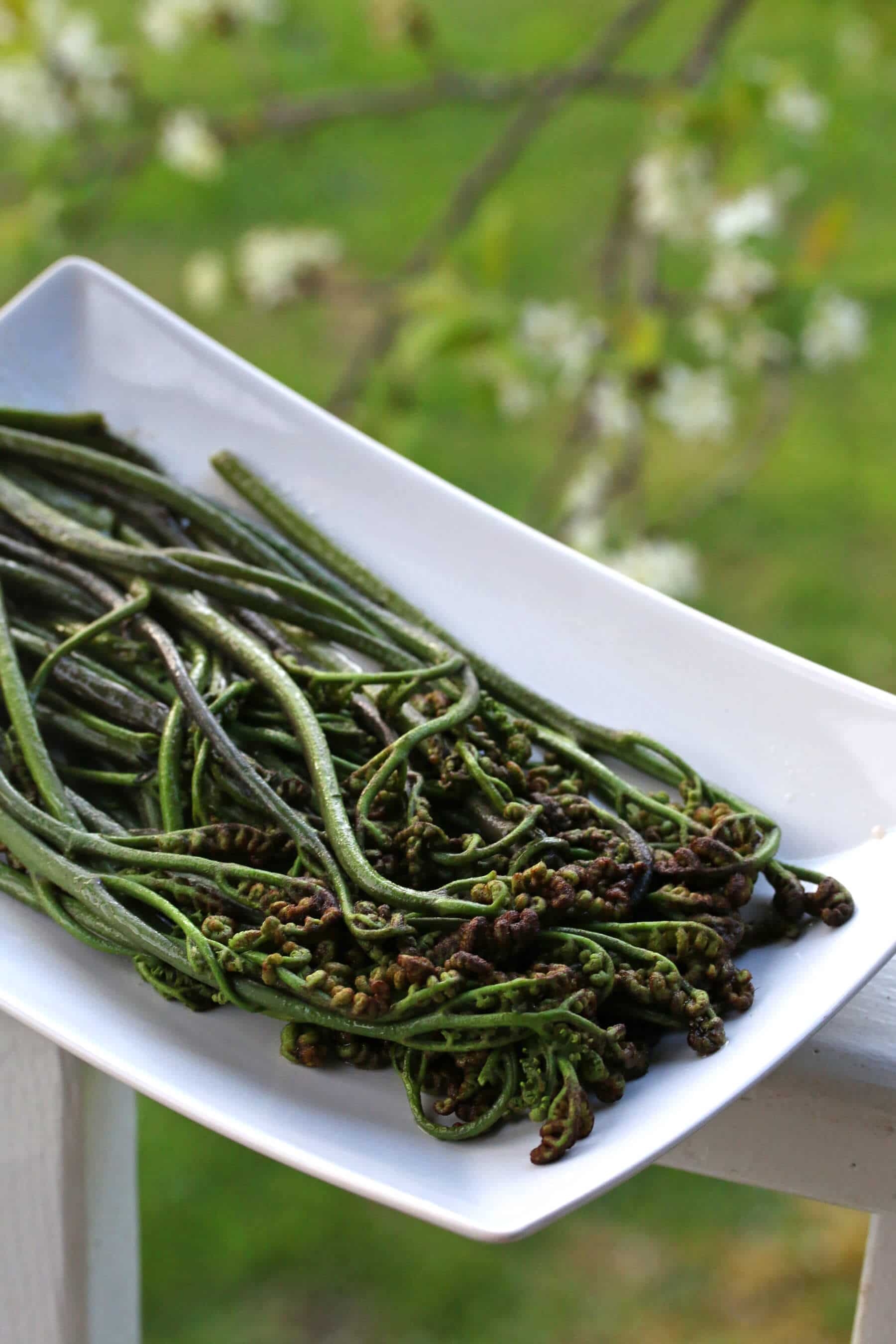
Disclosure: To ensure safety and selection of the correct plant, refer to diagrams and descriptions from a reputable plant identification guide.

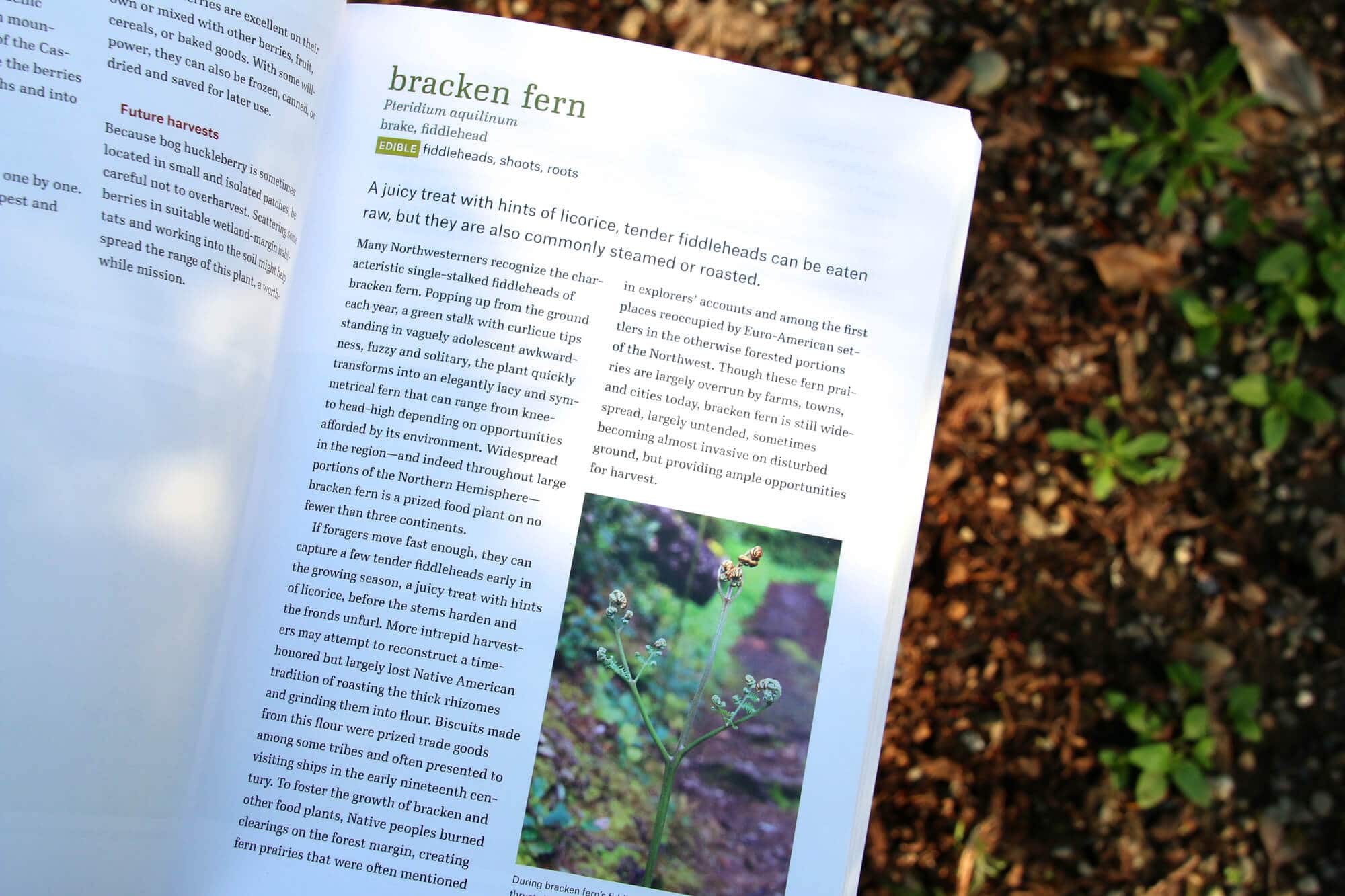
Barbara Belt says
I lived in Maine for several years and these were a big hit. I am fairly new to Washington and thrilled to find your blog. I love living here and always interested in the cookings of Washington. Unfortunately being 75 and living alone do not cook like I use to. Keep up the interesting blogs.
Kimberly @ The Daring Gourmet says
Hi Barbara, thanks so much for your note. Welcome to Washington! :) I’m with you, I love living here as well. I’m equally thrilled you found my blog and look forward to “seeing” you around The Daring Gourmet :) Best, Kimberly
cristina says
I so enjoyed this informative post on the bracken fern/foraging. I always wondered where to find fiddle heads when I see them featured in blogs and photography. Such a rewarding educational process you’ve developed with your children in their learning about foraging (need to find a book like that for my area!)
Cynthia | What A Girl Eats says
What a fun post! I have to say I’ve never had a fiddlehead fern, but just the foraging part looks like so much fun, especially for the kids!
Kelly @ Nosh and Nourish says
Super cute!! I love those pics with your kiddos. They will remember these forages FOREVER! So fun. We get wild onion growing on our property and have fun finding it in the summer.
Toffeeapple says
I shall look forward to the foraging series, it promises to be very interesting. I am so pleased that you are encouraging your children to learn safely too.
I have no idea if Fiddleheads are eaten here in Britain, I have certainly never seen them on a plate.
Dee Dee (My Midlife Kitchen) says
I love that your kids are getting such a rich experience learning to forage at such a young age! And as for fiddleheads, I’ve always wanted to try them but never actually seen them. Your step-by-step guide is super helpful!
Renee - Kudos Kitchen says
Your kids are beautiful. Looks like a fun day was had by all. I’m wondering if they ate the bracken ferns after they were prepared? I’m familiar with the name fiddle head ferns, but I’d not heard them called bracken ferns. I’ve never cooked with them, or ever eaten them but I love that you described them as an asparagus and almond flavor. I’m guessing I would love them.
Nicole says
Love this! Thanks for sharing about foraging and wild ferns.
Ashley @ Wishes and Dishes says
Ok this sounds so easy and fun!! Bring on spring!! :)
Lauren Kelly Nutrition says
I keep seeing fiddleheads but have never used them! These are perfect for spring!
The Food Hunter says
This is super interesting. I would love to forage for them
Kristina says
I love these, and have only found them at the farmers market… thanks for this info!
Stephanie says
SO awesome! My kids would love doing this and it looks really tasty too!
Florian @ContentednessCooking says
Perfect for spring! Thanks for sharing with us!
Rebecca @ Strength and Sunshine says
Such a fun weekend project to do and get out and explore!